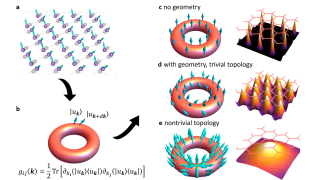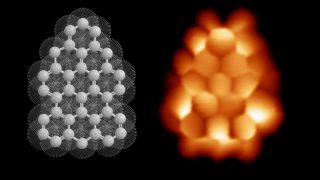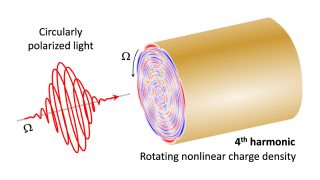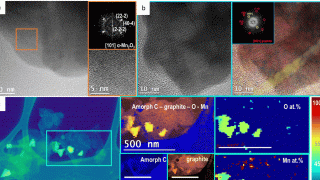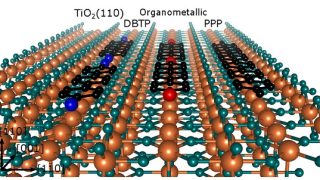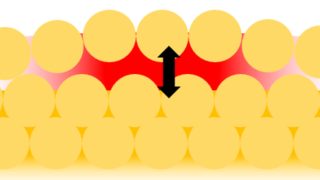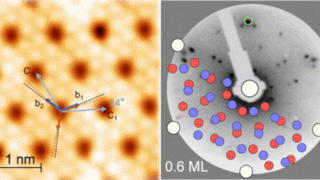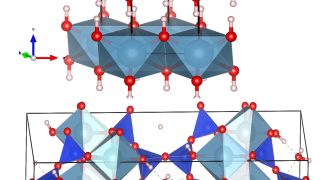
Dissipated heat into electrical energy using the thermoelectricity of concrete
Adopting a more sustainable energy portfolio is imperative to address and alleviate the impacts of climate change. A key process is energy harvesting versus energy “production”. In this vein, a potentially viable approach involves the conversion of dissipated heat into electrical energy via the use of thermoelectricity. This method has the potential to contribute significantly […]
